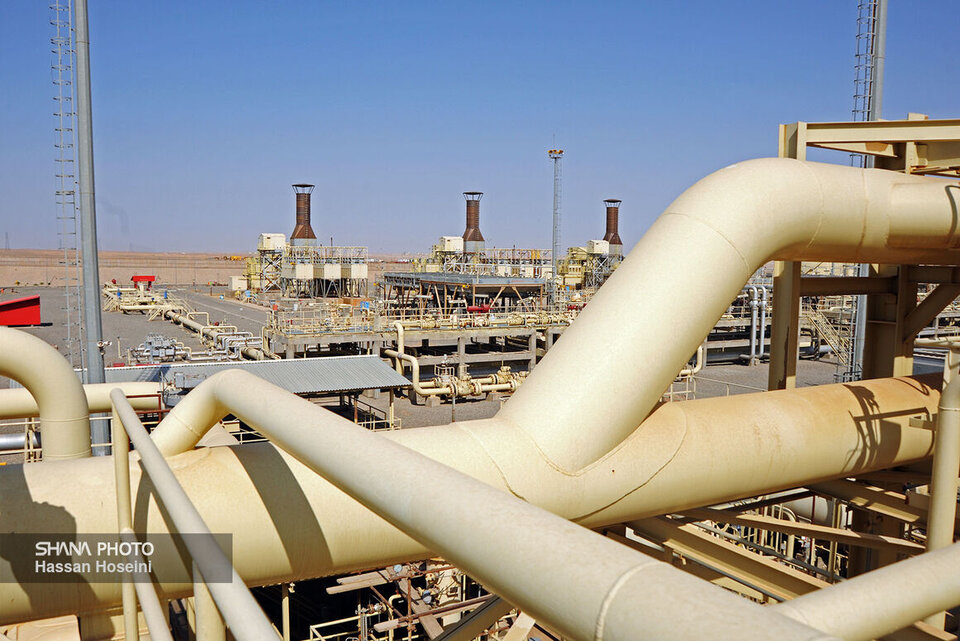Speaking to reporters on the sidelines of a visit to the Sarajeh gas storage facility in Qom on Tuesday, Peyman Khazraei highlighted the company’s role in the nation’s energy value chain.
He explained that the company’s operations begin after the purification of rich gas extracted from gas fields at refineries.
Khazraei noted that the company is responsible for the transmission of gas from production sites to delivery points in each province. He added that the company oversees more than 40,066 kilometers of main pipelines, which receive gas from 20 locations, including 13 South Pars refineries and refineries in Ilam, Khangiran, Sarakhs, and Bidboland, as well as two storage facilities.
The gas is then sent through pressure boosting stations and operational centers to consumption points.
Khazraei emphasized that the gas produced is transported seamlessly through pipelines, 94 gas pressure boosting stations, and 62 operational yards, which include mid-line valves and facilities for gas transmission operations.
He further stated that 348 gas turbo compressors are operational at pressure boosting facilities, ensuring increased pressure across the 40,066 kilometers of pipelines.
The CEO also outlined the distribution of gas consumption in the country: 34% of the total gas produced is used in power plants, 34% in industries, 25% in households, 4% in CNG, and 3% in miscellaneous uses.
During peak consumption periods, 74% of gas is used by households, a situation that requires careful management.
Khazraei highlighted the company’s 100-day preparation efforts ahead of the winter season, noting that the number of compressors in service increased from 189 last year to 205 this year. Additionally, the operational capacity of facilities rose from 54 to 61.4, while reliability improved from 96.3% to 97.6%.
The number of pressure boosting stations also increased from 90 to 94, and gas turbines grew from 333 to 348. The total length of pipelines expanded from 39,100 kilometers to 40,066 kilometers.


Your Comment